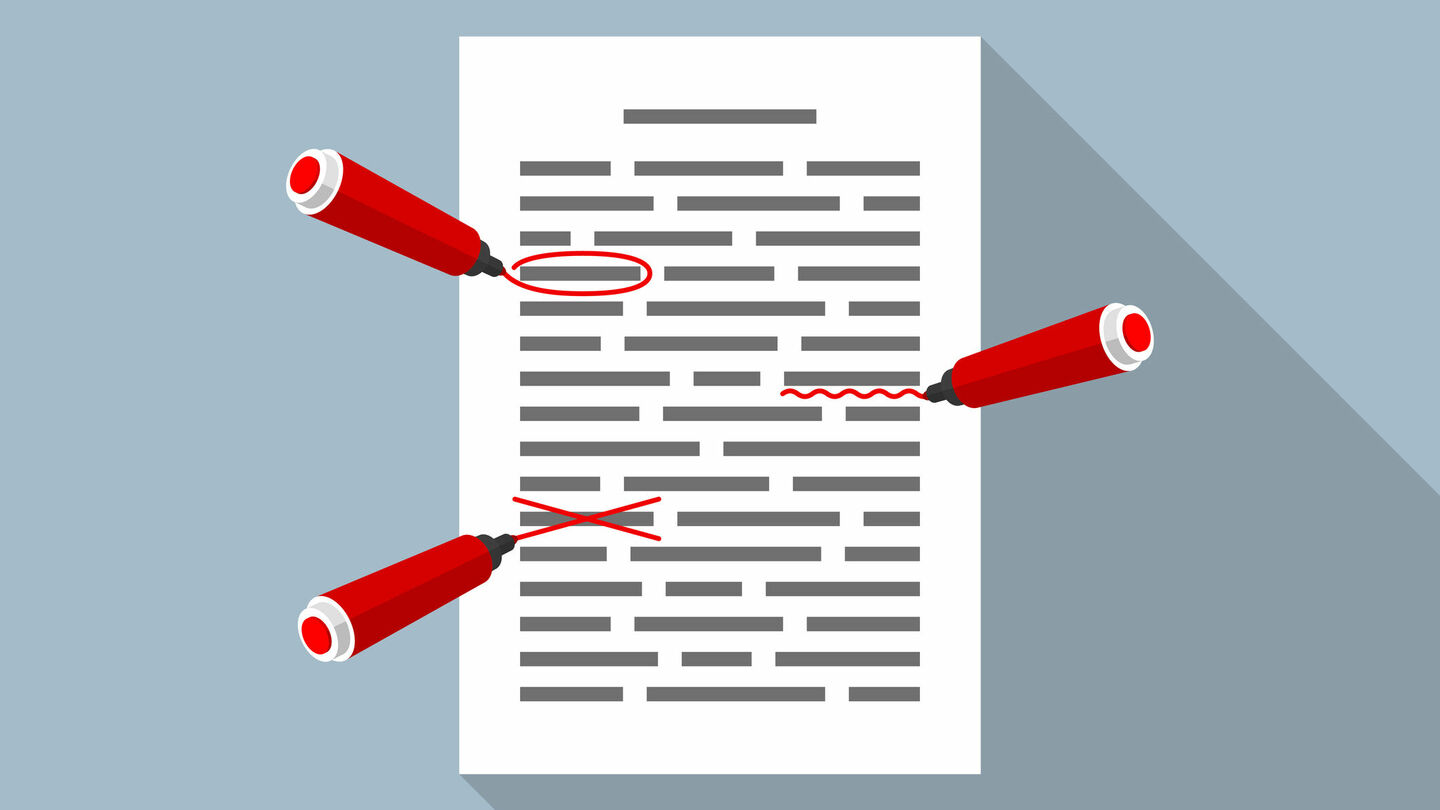
The hidden work behind every publication
Scientific journals depend on the time and effort of reviewers and editors
Just when one of the largest conferences in the field of software engineering was going on, Professor Alexander Serebrenik was told that he had been named editor of the year for the Journal of Systems and Software (JSS). Having been flooded with congratulations, he says the distinction puts the spotlight on an invisible task in science.
A large amount of invisible work precedes every publication in a scientific journal. Reviewers and editors put many hours of work into helping authors of scientific papers improve the quality of their work, thereby readying the article for publication. Serebrenik is one of them. The professor of Social Software Engineering is an editor for three scientific journals in the field of software engineering, including JSS, where he was recently named editor of the year.
There’s no formal reward attached to the distinction, but it does constitute recognition for his work. And that’s nice in a role that is, in a sense, defined by free labor. Besides, being an editor isn’t always easy, says Serebrenik. “It’s sometimes very difficult to find enough reviewers; I’ve had experiences where I had to ask twenty-five people to find three that were willing.” That lack of reviewers, he says, is partly due to the fact that there’s a huge number of submissions. And conferences also need reviewers, so they’re not always available to journals.
“Once they’ve started, you sometimes have to point out their mistakes, for example if they write something that’s not appropriate. But as they’re also doing the work voluntarily, you don’t have a lot of leverage to make sure they do things your way, except for a kind of joint pursuit of a greater good.”
What does an editor do?
When an author wants to have an article published in a scientific journal, it first reaches the editor-in-chief. If the latter decides that the article is sufficiently relevant, they choose an editor to take the process further. The editor must then find three reviewers. Serebrenik: “I normally look at Google Scholar and search for relevant recent publications there. After checking that there are no conflicts of interest, I invite the people.” But as chances are not all of them will say yes, the group of reviewers will only be complete after several different people have been approached.
The reviewers read the article and write a report on it. The editor then has to summarize and weigh those reports before drafting a recommendation. Usually an article is not accepted immediately, but often it’s not rejected outright right away either. An editor will then call for a ‘minor’ or ‘major’ adjustment. The editor-in-chief communicates this to the author. The author sends in a new version, starting the process all over again with the same reviewers. This can repeat itself several times. The editor coordinates the entire process until an article is ultimately published or rejected.
It’s precisely that pursuit of a greater good that makes Serebrenik enjoy his job. “Because I can help people improve their work. I also received some really good tips as an author, things I would’ve never thought of myself. That’s what it’s all about: making science better.”
That improvement is generally necessary. When an editor recommends adjustments, it sometimes goes so far as to require authors to conduct additional experiments or do additional research . Delivering that news in a friendly and constructive way is very important, says Serebrenik.
Personal
“A scientific article is very close to an author’s heart. You’ve poured all of your creativity into it. You’ve had to suffer for it. Sometimes it took you weeks or even months to prove certain theorems or get data analyzed. So it’s a particularly sensitive matter. Negative criticism can easily be seen as rejection.” According to him, that doesn’t mean you should just approve everything. There’s a misconception, he says, that being nice and criticizing quality of work are mutually exclusive.
“If a piece isn’t good enough, it shouldn’t be published. But you can also deliver a negative message in a nice way,” Serebrenik says. At the same time, he understands that this doesn’t always come naturally for reviewers. He partly attributes this to the high workload many scientists experience. “It’s well documented that unsafe and toxic phenomena are often related to workload. And everyone knows this is extremely high. That this puts a lot of people on edge is also a given. So yes: being kind is important, but that’s difficult when you feel like you’re running on fumes.”
Not constructive
When Serebrenik, in his capacity of editor, receives reviewer feedback that’s not constructive or that contributes nothing to the article, he feels that an author doesn’t have to do anything with it. “Then I’ll write: comments from Reviewer 3 are not important.” Authors themselves can also object to feedback.
It’s often jokingly said within academia that that kind of feedback always comes from Reviewer 2. There are numerous memes devoted to it. And there’s even a Facebook group called Reviewer 2 Must Be Stopped!, with nearly 200 thousand followers. “It’s the place to be among peers and complain about reviewers,” says Serebrenik. But in between the complaining and the jokes, he says, harrowing stories are told about the review system and scientific integrity in general.
With Serebrenik as the editor – and buffer absorbing the harshest blows – it may not be necessary for authors to turn to such a group. At least not if it’s up to JSS, as this is what the journal thinks of him: ‘His outstanding commitment to excellence, deep expertise, and tireless dedication to our authors, reviewers, and the broader software engineering community have set him a shining example for all of us.’


Discussion